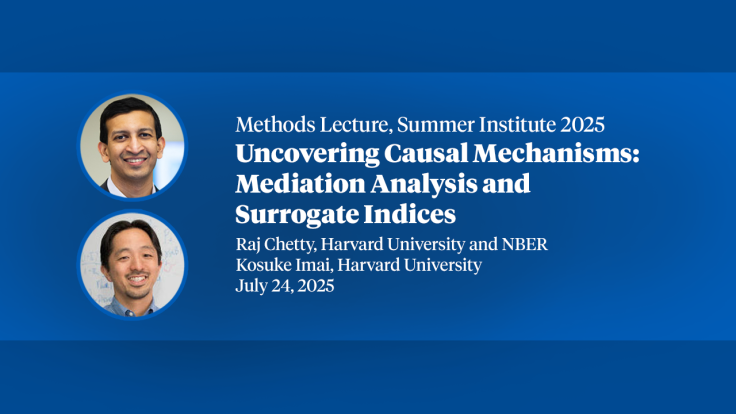Male-Female Differences in Wages and Employment: A Specific Human Capital Model
This paper analyzes the effects of differential turnover patterns and the existence of firm specific training, jointly financed by employer and employee, on male-female wage and employment differentials. Chapter 1 introduces the topic of sex differences in occupational distribution and compensation and presents some of the more common economic theories which are relevant to the subject. Chapter 2 presents a model of a firm that invests in the training of its workers, where employee turnover represents depreciation on human capital. Differences in the turnover rates of men and women is shown to be an important determinant of the incentive to the employer to hire and train women as well as men. The empirical implications of the model for the relative wage and occupational distribution of women are contrasted with those derived from a model of general human capital investment. Chapter 3 outlines the problems involved in empirical formulation of the model, the choice of the unit of observation for empirical, testing, and data limitations, and presents the results of empirical testing of the model on aggregate occupational data for males and females from the 1967 Survey of Economic Opportunity. In Chapter 4, the model is applied to occupational data from the 1967 Survey of Economic Opportunity for black and white men as an additional test of its applicability and empirical power. Chapter 5 summarizes the empirical findings and conclusions of the paper.
-
-
Copy CitationElisabeth M. Landes, "Male-Female Differences in Wages and Employment: A Specific Human Capital Model," NBER Working Paper 0029 (1974), https://doi.org/10.3386/w0029.Download Citation
Published Versions
Landes, Elisabeth M. "Sex-Differences In Wages And Employment: A Test Of The Specific Capital Hypothesis," Economic Inquiry, 1977, v15(4), 523-538.


